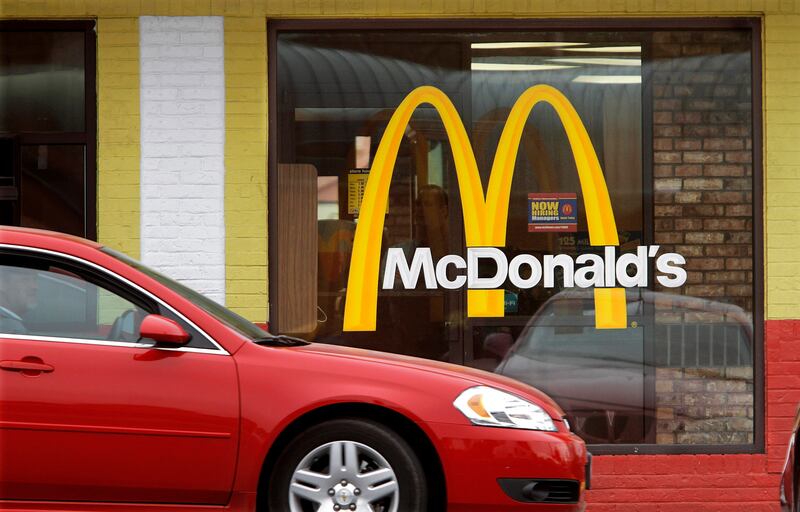I live in a small town and am thrilled when the clerk at the local convenience store knows me so well that he can predict my drink order before I speak. But if every fast-food restaurant in the country also knew my drink order when I hit the drive-thru, would I get the same satisfaction or be creeped out?
We could soon find out because McDonald’s has been testing drive-thru ordering using artificial intelligence. In some locations, the company is scanning license plates (with the customer’s permission) to help personalize the experience and predict orders, according to CNN Business. McDonald’s CEO Chris Kempczinski told CNBC that 10 locations in Chicago are using voice-assistants to take orders in the drive-thru lanes and they are seeing about 85% accuracy.
The concept could spread globally sooner than you might think. Last week, McDonald’s announced in a statement it would be partnering with IBM “to further accelerate the development and deployment of its Automated Order Taking technology.”
Jamie Richardson, a vice president with burger chain White Castle, told CNN Business it’s using artificial intelligence at an Indiana location, hoping it helps guarantee the visit is positive.
“The thought is to make sure that it’s friendly. ‘They remember me, they know who I am’,” he said.
And last year, amid COVID-19 and tight restrictions in California, several restaurants started offering “face-pay” for a completely contactless experience. PopPay is a service that allows users to connect a credit card and selfie to their account and then have their face scanned at participating locations to pay. There are dozens of restaurants and retailers in the Pasadena area offering the service at a kiosk, drive-thru or at the counter. The customer can also link loyalty accounts to their profile and receive a text when the transaction is complete.
A Russian bank currently offers a similar feature at some supermarkets in the country. Reuters reports Sberbank plans to offer facial recognition payments in 100 grocery locations and that a transaction would only take three seconds “compared to 34 seconds when paying with cash and 15 seconds when using a payment card.”
While this all may seem extremely convenient, many are concerned about privacy.
One Illinois man is suing McDonalds for using voice recognition technology in the drive-thru. Restaurant Business reported Shannon Carpenter’s lawsuit claims McDonald’s violated the state’s Biometric Information Privacy Act, which requires companies get consent before collecting biometric information.
Some schools in England had hoped to use facial recognition in its lunchrooms for contactless payments and to get kids through the line faster. But the BBC reported that the schools in North Ayrshire have decided to push pause for now after the U.K.’s Information Commissioner’s Office suggested the technology could be intrusive.
Facial recognition opportunities aren’t all about food, either. The travel industry is getting in on it as well.
Delta Airlines travelers in Atlanta will have the choice of showing their face to a camera instead of presenting an ID or handing over a boarding pass. To participate, passengers will need to opt in and store their TSA PreCheck membership and a SkyMiles number in the Fly Delta app.
At the airport, they can look into a camera at bag drop, security checkpoints and the gate instead of showing a boarding pass or ID. The image is encrypted and sent to U.S. Customs and Border Protection’s facial biometric matching service. This is completely voluntary and will roll out for security in the coming weeks and for checking bags and boarding before the end of the year.
In Russia’s capital, the Moscow Metro is using “Face Pay” at all its stations, according to The Moscow Times. After passengers use the app to connect their photo, credit card and transit card, they can simply look into a camera to enter.
Not everyone is excited about the rapid rise of facial recognition technology. A recent article from the National Law Review outlined several concerns, including hacking possibilities, accuracy issues and racial bias in some facial recognition algorithms.
If you or someone you know is concerned about too much facial recognition technology in the world, here’s the perfect stocking stuffer. Anti-facial recognition glasses Reflectacles have infrared blocking lenses and reflective frames designed to fool any facial recognition system that comes your way. They may bring you some peace of mind, but it’ll likely take you longer to get through airport security than the woman next to you letting TSA scan her face.


